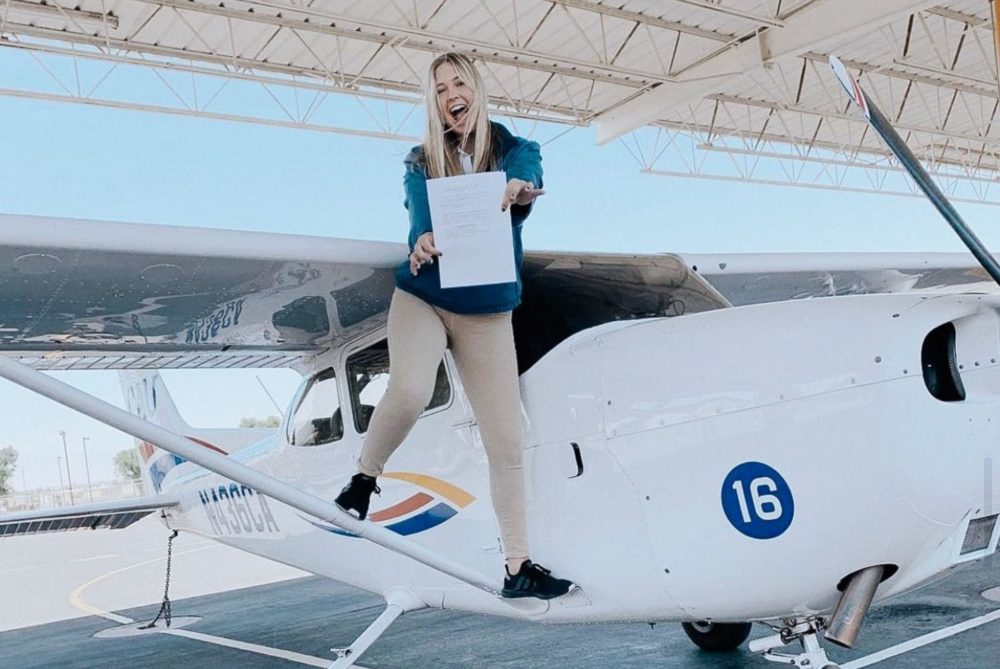
For many, the dream of becoming a pilot begins with a moment of wonder, perhaps watching a plane soar overhead or taking a life-changing discovery flight. The process of getting to the cockpit is also an exciting one starting with the exhilarating idea of part 61 flight schools in Florida. The brochures and websites paint a picture of adventure, advanced technology, and professional success. However, beneath the captivating imagery and clear-cut tuition fees lies a complex financial landscape, riddled with hidden costs and unexpected expenses that can ground an aspiring pilot’s dreams before they even take off. Navigating this financial journey successfully requires foresight, meticulous planning, and a deep understanding of the true cost of flight training.
The allure of a single, all-inclusive price tag is a common marketing tactic, but it rarely tells the full story. To truly budget for flight school, one must look beyond the initial enrollment fees and anticipate the myriad of expenses that will inevitably arise, from unexpected flight time to a suite of professional fees and equipment purchases. This proactive approach not only prevents financial distress but also ensures a smoother, less stressful path to earning your wings.
Unseen Expenses: The Ancillary Costs of Training
Beyond the core flight and instructor fees, there is a whole ecosystem of ancillary costs that can quickly add up. These are the expenses often not mentioned prominently in the initial brochure but are absolutely essential to the training process.
One of the first is equipment. While some schools may provide a headset for initial training, many students are expected to purchase their own. A quality aviation headset is a pricey purchase. Additionally, you will need flight bags, kneeboards, charts, logbooks, and a flight computer. While these may seem like minor purchases individually, they collectively form a noticeable part of your budget.
Then there are the academic and administrative fees. Check ride fees, the final practical exam for a license, can be quite expensive and are paid directly to the examiner. Re-test fees, in the unfortunate event of a failure, are also a financial consideration. Students must also factor in the cost of medical exams from an Aviation Medical Examiner (AME), which are a prerequisite for flight training. There are also written exam fees, airport security access cards, and sometimes fuel surcharges that can fluctuate with market prices.
Living and Opportunity Costs: A Holistic View
Budgeting for flight school isn’t just about the direct costs of training. It’s about the entire financial picture of an aspiring pilot’s life during this period. For many, flight school is a full-time commitment, which means giving up a full-time job. This lost income, or opportunity cost, is a significant financial reality that must be accounted for.
Additionally, living expenses continue. Rent, food, utilities, and transportation to and from the airport are all part of the equation. If a student is relocating for a specific flight school, these costs can increase dramatically. Securing part-time work that allows for a flexible training schedule can help offset some of these expenses, but it’s a balancing act that requires careful planning.
Conclusion: Flying with Financial Freedom
The dream of flight is a powerful motivator, but ignoring the financial realities of flight school can turn that dream into a nightmare. By looking beyond the glossy brochures, anticipating the hidden costs, and creating a meticulous financial plan, aspiring pilots can navigate the complexities of flight training with confidence and clarity. The journey to the cockpit is a challenging one, but with careful preparation, it can be a rewarding experience, allowing you to focus on the thrill of the skies rather than the stress of your bank account. In the world of aviation, precision is everything, and that principle starts on the ground with a well-planned budget.

